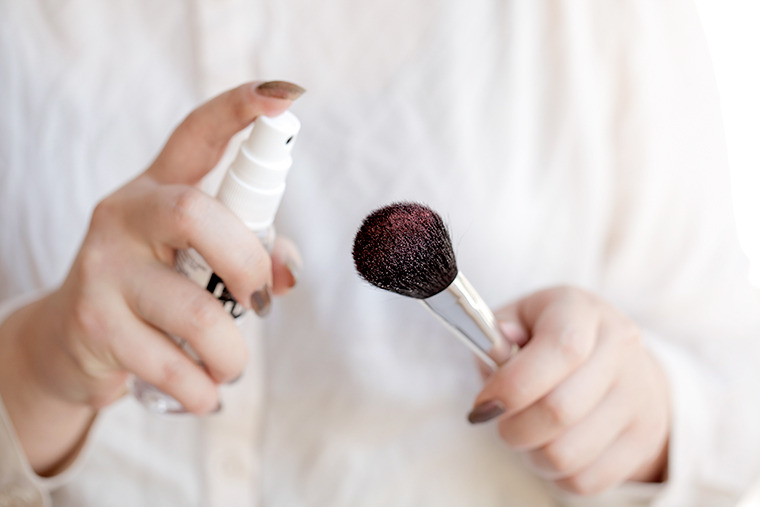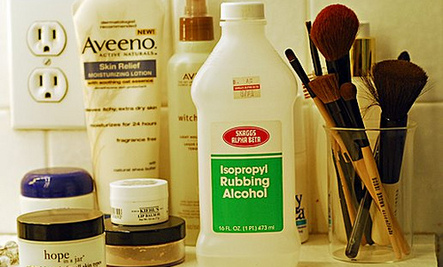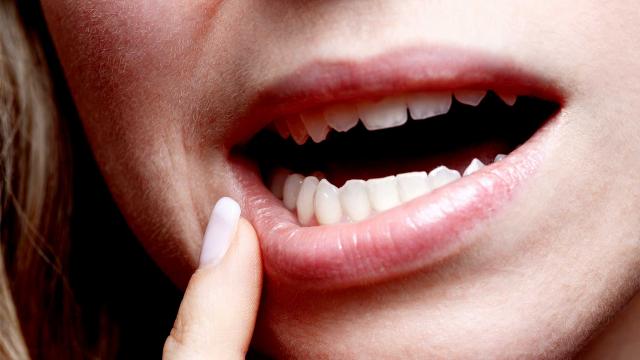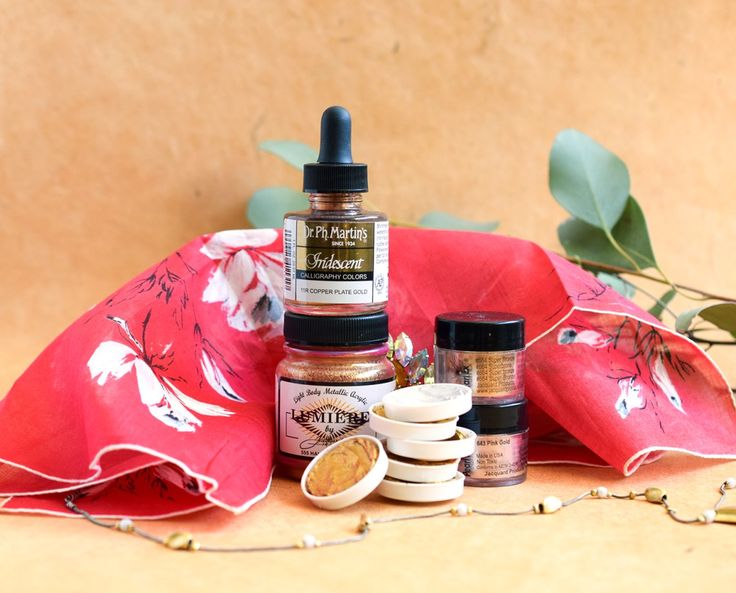5 Beauty Hacks to get Rid of Acne Forever
Posted by Editor in Beauty Tips on Sep 4th, 2017 | 0 commentsWaking up to a big zit on your face is never fun, much more when you have a few breakout episodes. And this isn’t a problem limited to adolescents and teens. According to Dr. Tan Hiok Hee, a dermatologist at Thomson Specialist Skin Centre, acne has become more common in women aged 20 to 50. There are a variety of possible reasons that may worsen or contribute to acne growth; it can be physical, emotional or environmental.
Although there are tons of ways to deal with breakouts, sometimes, the best way to manage it is to prevent it from happening in the first place. There are quite a few things we do, in which we do not notice but are actually breeding pimples on the way.
Follow these steps to prevent acne breakouts:

1. Clean Cellular Phone
If there is one thing we are constantly in touch with our hands then it is definitely our phones. Basically, it gets a buildup of germs and when we place our phones to our face, bacteria gets transferred that it leads to acne breakouts.
Take some time to sanitize your phone by wiping it at least 2-3 times a day to get rid of unwanted germs.
2. Keep Hair Away from the Face
When climate is humid or you are exposed to pollution, your hair becomes greasy and accumulates dirt. In turn, it is very likely that your hair can contribute to breakouts when it makes its way to your face.
It is safe to pull your hair back when outside or doing activities that make you perspire.

3. Change Pillowcase Regularly
When you skip cleaning your face before going to bed, tendency is the germs from your face are passed on to your pillow. This cycle can go on for a period of time and obviously, the bacteria will accumulate into your face as you sleep at night causing acne in just a matter of few days!
Washing your face is one, but most importantly, changing your pillow case at least twice a month is of big help. This can help you not only prevent pimples but also employ a healthier surrounding.
4. Wash Face After Exercise
The sweat produced from your workout can cause sweat acne, and it can be a stubborn and tough one to handle with. Showering right away after workout may not be necessary but washing your face really is! Clean it off by washing your face or by using facial wipes.

5. Sanitize Makeup Tools
If you are using a makeup sponge or brush and haven’t cleaned it for months or worse, for a year, then it’s time to do so. These tools accumulate all the dirt, oil and bacteria overtime (from retouch and storage, mostly) and not washing them regularly is simply applying all of that right back in your face every day. It helps to sanitize them at least once every week.
Every person has different skin type and regimen that works, but make sure not to skip the tiny details of the basics!
4 Psychological Health Factors in the Workplace and Their Importance to Employers
Posted by Editor in Health and Wellness on Aug 31st, 2017 | 0 commentsMost people spend most of their time at work, no wonder why work environment plays a key role with respect to psychological health and economic well-being of the company.
A 2016 Job Happiness Index survey by JobStreet.com.Sg reported that as far as job happiness is concerned, Singapore ranks at the last spot compared to its neighboring countries. Participants were mixed groups coming from fresh graduates to supervisorial positions as well as from the top management. Aside from the ratings, the survey also provided clues to companies on the factors that employees find worth staying or leaving in an organization and the programs they can focus on to establish a better work place.
On the other hand, a Western organization called American Psychological Association (APA) conducts annual recognition to companies across the country for their dedication to psychological ell-being of employees and commitment to a positive working environment. Basis on the awards come from policies and programs that significantly create a positive outcome in the psychological wellness of its workforce.
According to experts, there are four (4) factors that companies who aspire to cultivate a more positive and healthier working environment should focus on:

1. Employee Recognition
Psychiatrist Gail Saltz points how given that our identities are connected to our professions, recognition and appreciation at work gives us an overall feeling of being valued and improved self-esteem, protecting us from feelings of anxiety and depression. It should come as no surprise that human nature dictates when a person is appreciated, all that he would want in return is to do more—even more than what is expected of him. Another successful way to put it is for employers to place their people in a position that would enable them to work at their best and sharpen their strengths.

2. Work and Life Balance
This might sound quite of a cliché but never runs out of points of discussion as far as employee satisfaction is concerned. A survey from Prudential Life Company indicated 89% of employee population felt that the organization gave importance to work-life balance. Some practices may include paid leave for health-related activities, flexible work schedule or sponsored fitness-related buys. For many employees, these opportunities make them feel important because they are also physically taken-cared of. As a result, much stress is lifted off in the workplace which generates a positive and relaxed office atmosphere.

3. Overall Healthy Lifestyle
Programs should not only be limited to physical well-being but also extend to psychological and financial health. A successful program needs to address issues that employees and their families can benefit to such as financial education/savings, debt management, and personal stress. These types of program help employees reduce stress and depression in the long run.
4. Health Assistance
Companies that are far more open about employees’ struggle for costly medicines and unavailable treatments not only help their people but also eliminate productivity issues in the workplace. Needless to say, workers who have developed psychological issues (anxiety, depression etc.), will most likely have higher chances of getting other medical problems, such as hypertension, cardiac etc. and this can greatly affect monetary and productivity matters.
5 Amazing Uses of Rubbing Alcohol
Posted by Editor in Everyday Learning on Jun 27th, 2017 | 0 commentsPerhaps you already know the many uses of rubbing alcohol. Aside from helping you clean your wounds, rubbing alcohol also works as an excellent cleanser for tough stains. However, this liquid offers other amazing benefits that you probably didn’t know about – and some of those surprising benefits are as follows:

1. Deodorant Replacement
Next time you forget to pack your deodorant for your weekend getaway, simply use a rubbing alcohol as a replacement for it. Alcohol aids in reducing body odour by killing the odour-causing bacteria found in your armpits. Just make sure that you don’t fully replace your deodorant with it, as long term use of alcohol could cause some serious skin issues.
2. Bed Bug Spray
Got a bed bug problem at home? Then rubbing alcohol is the solution to that. While these parasites can be quite tough to get rid of, simply spraying a generous amount of alcohol on your pillows and mattress is already enough to slowly eradicate them. Just ensure that you do this regularly so the pesky bed bugs won’t ever come back.
3. Cold Sore Treatment
About 85 percent of our population carry herpes virus, but only a small percentage of us present its symptoms. So if you do ever develop cold sores, simply get 70 percent isopropyl alcohol and dab it onto the affected areas. Doing so will definitely help in making the herpes sores go away faster.

4. Head Lice Remedy
Just with bed bugs, lice is another type of parasite that’s incredibly gross and difficult to get rid of. Fortunately, applying some rubbing alcohol will already do the trick. All you’ve got to do is mix a good amount of alcohol with some lavender oil, then generously spray it all over hair or until the solution reaches your scalp. After that, gently comb your hair to remove all the dead lice.
5. Cooling Pad Alternative
Rubbing alcohol is known to have a low freezing point. When placed in the freezer for several hours, it basically turns into a thick, cold liquid, making it an excellent alternative for cooling pads. To create your homemade cooling pad, simply mix one part of alcohol and two parts of water into a baggie. Leave it in the freezer for several hours, and you can now use it as a cold pack for your sprains or to keep the food in your cooler cold.
Rubbing alcohol does more than just disinfecting your wounds. So get the most out of favourite alcohol brand by trying out any of these practical, but amazing uses of rubbing alcohol.

The Types of Drawing Inks
Posted by Editor in Education on Jun 23rd, 2017 | 0 commentsDrawing ink are used for calligraphy and illustrations. The first confirmed appearance of the ink was in China made from lamp oil, pinewood smoke and gelatin from skins of animals. Today there are a lot ink colors to choose from besides the standard black and white inks.

Here are the types of drawing and calligraphy inks available today.
1. Alcohol-based
Alcohol-based inks dry fast, are acid-free and produce vibrant colors. They are made from solid-based dyes. You can usually find this ink in permanent markers. Some people can create this ink out of other household items. It is used to paint surfaces like glass, plastic and other non-porous materials.
2. Pigment-based
Pigment-based inks have color pigments and a binding agent. The agent is made from either acrylic or shellac. Artists usually choose this ink for calligraphy and as inks for fountain pens. They are also known as India ink or China ink.
3. Solvent-based
Solvent-based inks have a strong smell but are waterproof, longer-lasting, scratch-proof and have a bright color. In fact, they don’t fade. They are used on materials that are non-absorbent. This type of ink is made from pigment, carrier fluid and resin. Solvent-based inks are used in printers.
4. Water-based
Water-based inks have dyes that are light and thin. They dry quickly, are water-proof and don’t have a strong smell. They are also called dye-based inks because the dyes they contain are chemically dissolved.
Ink Quality

When purchasing inks, here are the factors you need to consider.
1. Drying Time
Some inks are quick-drying, ideal for those who don’t want smudges while they work. It’s also important to check the difference of the hue when the ink is wet or dry.
2. Thickness
This refers to the blackness or lightness of the ink. Not all black inks for example have the same hue. Some are very black while others are lighter. The best way to determine how black the black ink is is to try it on paper. Some inks also appear lighter when dry than when wet.
3. Feathering
Feathering refers to the quality of the nib or tip to create blurry lines that look like feathers. Some quick-dry inks don’t produce feathering because the flow of ink is more controlled.
4. Finish
The finish can either be glossy or matte. This can be determined when the ink is dry. Glossy is lustrous or shiny, while matte looks smooth and dull.
5. Solubility
This refers to the quality of being dissolved by water or other substances. If you don’t want your artwork to have smudges when you apply another paint for example, use waterproof and marker-proof inks.
 size=”4″>Types of Inks
size=”4″>Types of Inks
How to Pick the Right Wedding Outfit for the Groom
Posted by Editor in Your Wedding Checklist on Jun 9th, 2017 | 0 commentsWhile most of the guests will be looking forward to seeing the bride, the wedding wouldn’t be complete with the groom. There is an unwritten rule that the groom’s outfit should not clash with that of the bride’s. There is more than one way of dressing up for the big day besides the usual suit, however.

Let’s look at all the options you might find at the bridal studio in Singapore.
Suit versus Tuxedo
Some people use the words “suit” and “tuxedo” interchangeable but these are two different types of clothing although they look quite identical. If you’ve ever seen a James Bond movie, then you might have noticed how he’s always dressed in a clean-cut suit. A suit is a complete set of clothes made from the same type of cloth. Its most important pieces are the jacket and trousers.
A tuxedo, meanwhile, uses satin on some parts of the clothing such as the buttons, lapels, pocket trim and the side stripe on the pant legs. Traditionally, tuxedos from the interesting wedding bridal studio in Singapore should be worn with waistcoats and bow ties. Suits are worn over a collared shirt with necktie. However, most suits and tuxedos today use a variety of materials so there are some exceptions. One such example is the white dinner jacket outfit. It is a tuxedo but it doesn’t have any satin on the turn-down collar shirt, black pants, white dinner jacket and black accessories.
Choosing the Color
When it comes to choosing the color for your suit or tuxedo, it will depend on the theme of the wedding and whether the groom wants to match his outfit with the groomsmen or complement the bride’s gown. Traditional tuxedos have black waistcoats, pants and jacket over white shirt. Some grooms however might want to vary the combination of black and white or go for gray or tan. Consider how many people might be wearing suits on your wedding day. You wouldn’t want to blend in with the crowd because it’s your wedding after all. Choose from a variety of styles and combinations available at the bridal boutique in Singapore. Your suit or tuxedo should make you stand out from your guests to commemorate the once-in-a-lifetime event.
Suit Jacket versus Blazer
Blazers were originally worn over the white shirt and made from a solid-colored cloth usually black or navy blue. A suit jacket was made to wear over a suit, but that is not so simple nowadays. It’s difficult to distinguish the two just by looking at them. There really is no difference. But one thing that makes the suit jacket stand out is that it comes with a set of pants that matches the cloth and color.
The suit jacket is always paired with matching pants. The blazer doesn’t come with pants. There is no rule, however, that says you can only pick one over the other. In fact, your bridal studio will encourage you to mix and match the pieces for a more modern look. You can wear a blazer instead of the matching suit jacket over the pants for variety. A tailor-made matching outfit looks boring, so ask the bridal boutique in Singapore for other colors and designs to choose from.

Matching Your Pants
Most bridal boutique will advise you to pick neutral and classic colors for your pants. That’s because black, navy blue and gray never go out of style. These colors also will not clash with a brightly colored suit jacket or blazer. Why pick a solid two-piece suit or tuxedo when you can put on an ensemble with contrasting colors? Depending on your wedding theme, add some twist to your outfit so you don’t get mistaken for one of your groomsmen. Put on a blazer over colored pants. Don’t be afraid to try checkers, stripes and other patterns. That option gives you more control of what you actually want to wear on your special day.
Dress Shirt and Waistcoats
Your dress shirt is just as important as your suit or tuxedo. A clean white shirt is the most ideal for any color and will complement the bride’s white gown. You can also pick other colors like cream and light blue. Wear an undershirt during your wedding for extra protection. Don’t stop there. You can also wear cardigans, waistcoats and colored shirts and jeans. You can also choose to go with an open collar and no tie or bowtie. Choose from high stance or low button stance waistcoats depending on the cut of your suit jacket or blazer. Just make sure that you’re not gonna be sweating a lot under all those layers of clothes if the wedding venue is outdoors in Singapore.
The bridal studio also offers a selection of ties and bows in different colors, fabric and patterns. Think of these as accessories that will enhance your outfit and will mark you as the other important half of the wedding. Don’t forget to accessorize the boutonnieres and buttonholes which will be the equivalent of your bride’s bouquet. Some grooms also choose to adorn the pocket squares and cufflinks. You can choose a contrasting color of pattern for the handkerchief, while your cufflinks should reflect your style and personality.
Socks and Shoes
Try not to wear white socks if you’re planning to wear black or dark blue pants. You can play with your choice of socks, however, so you don’t have to stick to one color or pattern. You can try to match your socks with your groomsmen’s socks too. As for your shoes, the ideal colors would be either black or brown. Classic design and colors never go wrong, but you can change them depending on your wedding theme. The goal is to set yourself apart from all the other men attending the event.


